GPCR/G protein

All GPCRs share a common seven trans-membrane structure. GPCRs are associated with heterotrimeric G-proteins which are GTP-binding proteins made of alpha, beta, and gamma subunits. When a ligand binds to GPCR, it activates the attached G-protein, the GDP is replaced with GTP. The activated G-protein then dissociates into an alpha and a beta-gamma complex which activates downstream signaling pathways. These intracellular signaling pathways include cAMP/PKA, calcium/NFAT, phospholipase C, protein tyrosine kinases, MAP kinases, PI-3-kinase, nitric oxide/cGMP, Rho, and JAK/STAT.
GPCRs are one of the most important therapeutic targets for various diseases, over 30% of all modern medicinal drugs target this family. Aberrant GPCR functions are involved in pathological conditions such as neurological, immunological and hormonal disorders. A large number of GPCRs have been identified, but whose ligands are not known, are classified as orphan receptors.
-
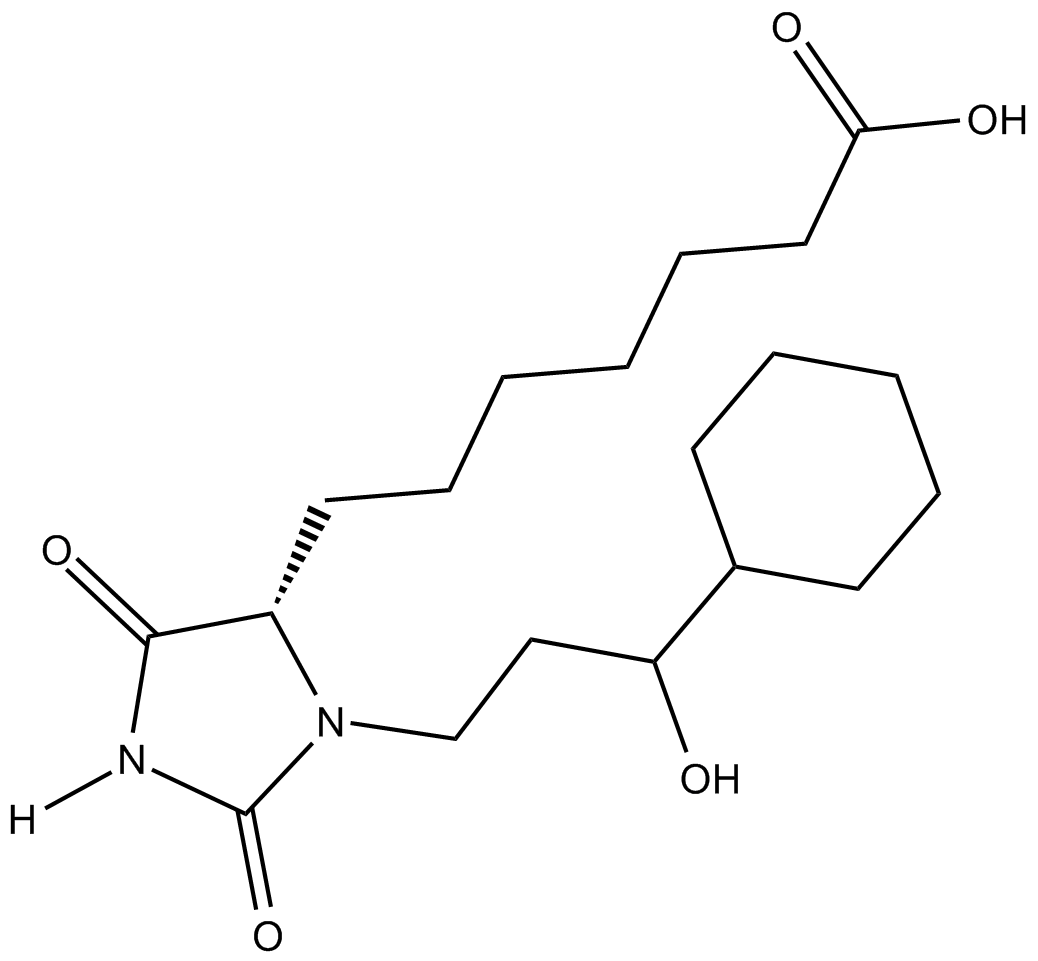 C3027 BW 245CSummary: DP1 receptor agonist
C3027 BW 245CSummary: DP1 receptor agonist -
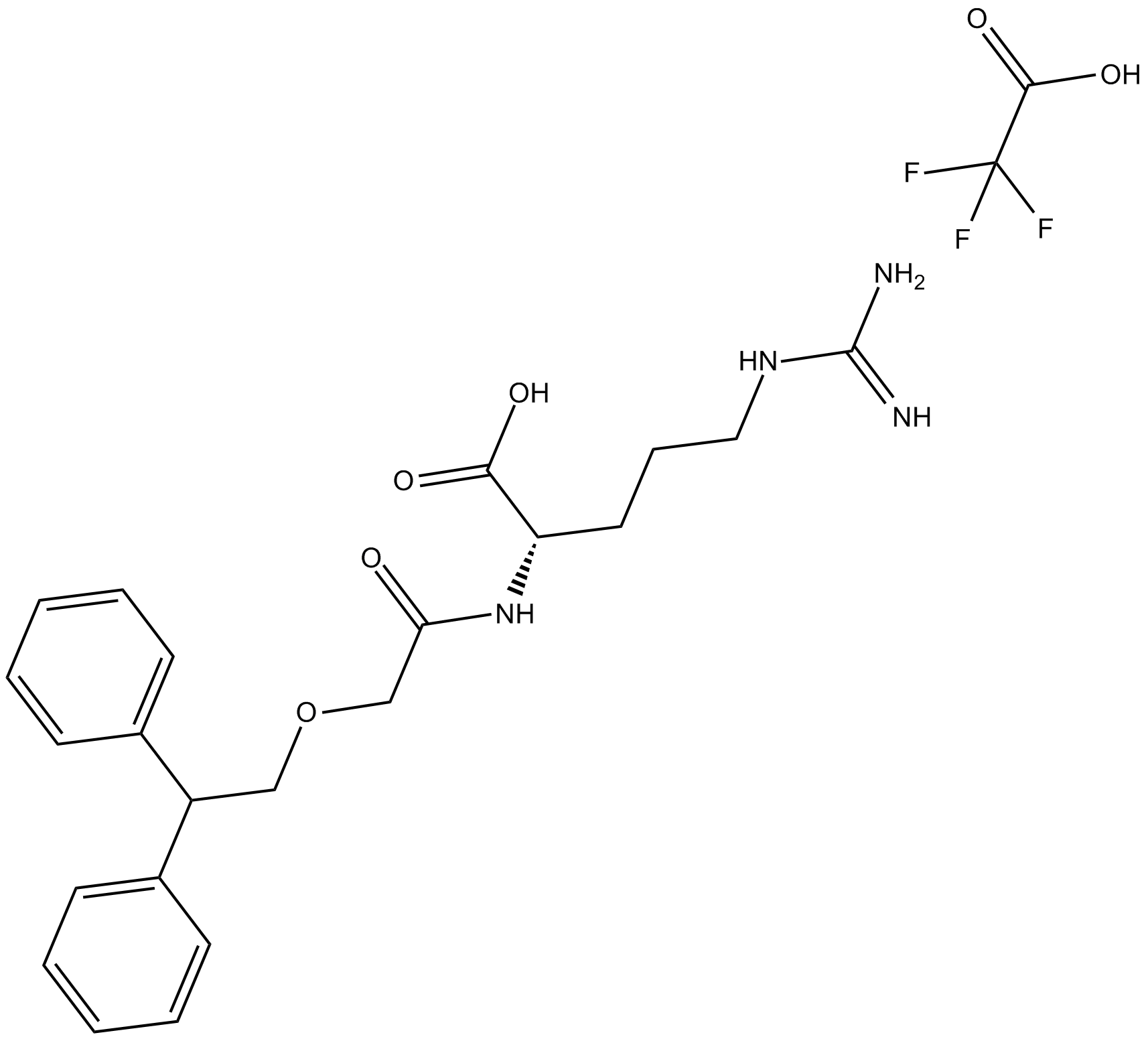 C3563 SB 290157 (trifluoroacetate salt)Summary: C3aR antagonist
C3563 SB 290157 (trifluoroacetate salt)Summary: C3aR antagonist -
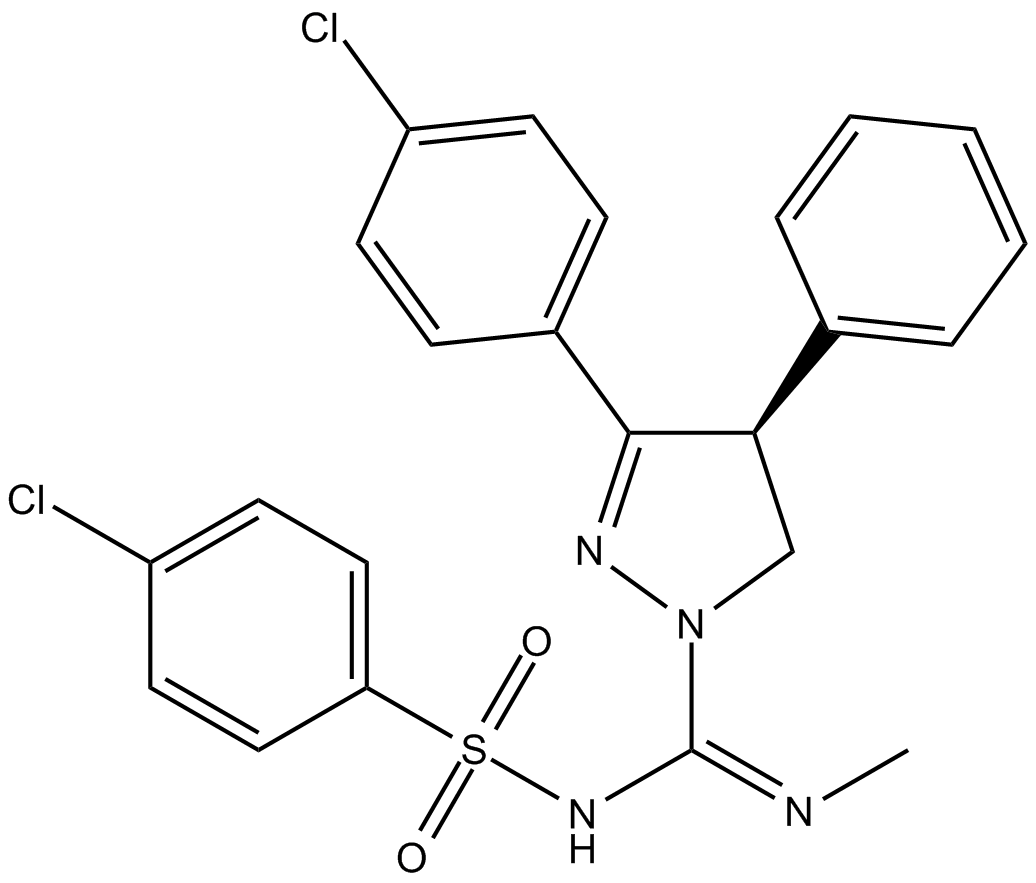 C3568 (S)-SLV 319Summary: CB1 receptor antagonist
C3568 (S)-SLV 319Summary: CB1 receptor antagonist -
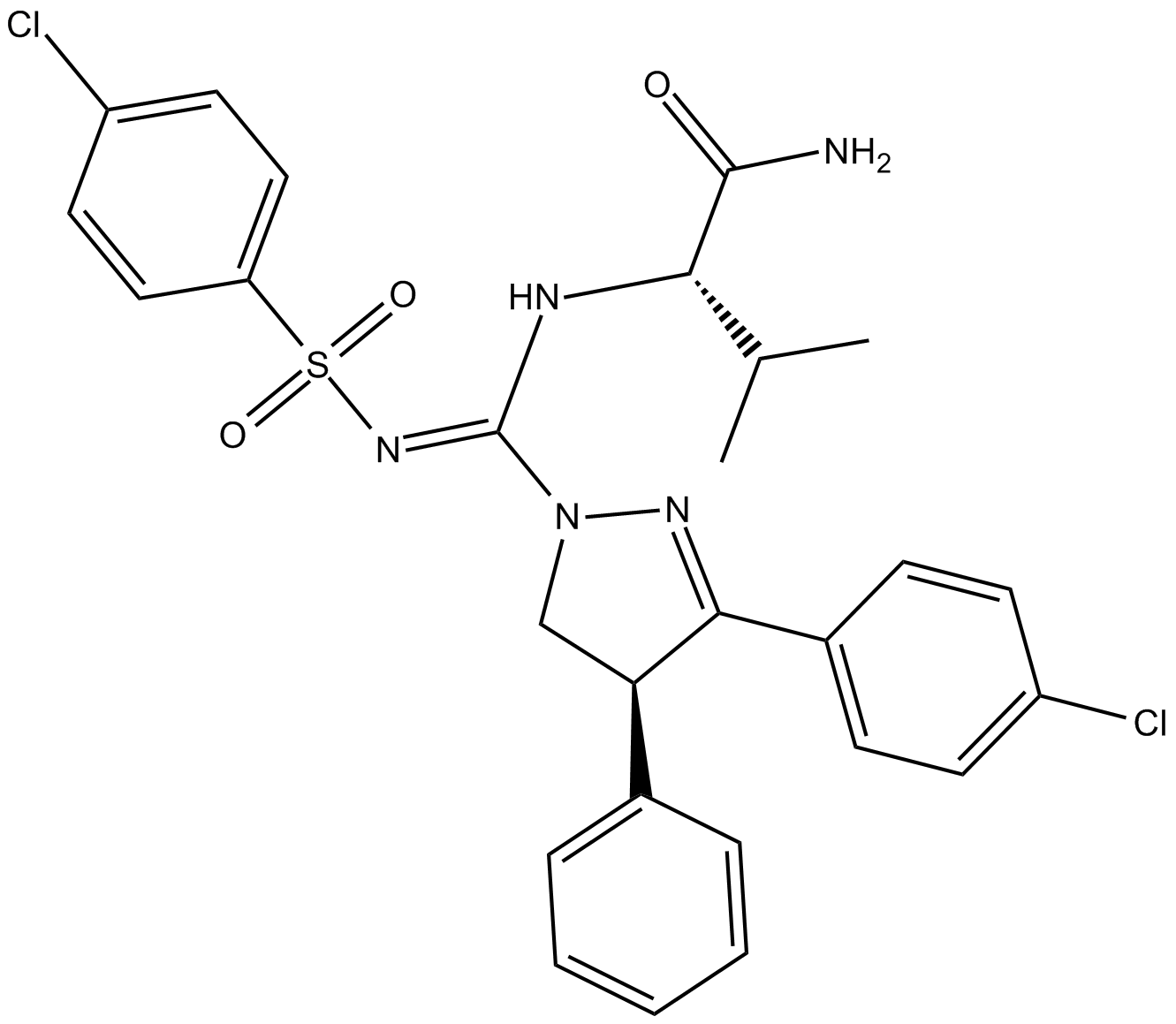 C3572 JD5037Summary: inverse agonist at CB1 receptors
C3572 JD5037Summary: inverse agonist at CB1 receptors -
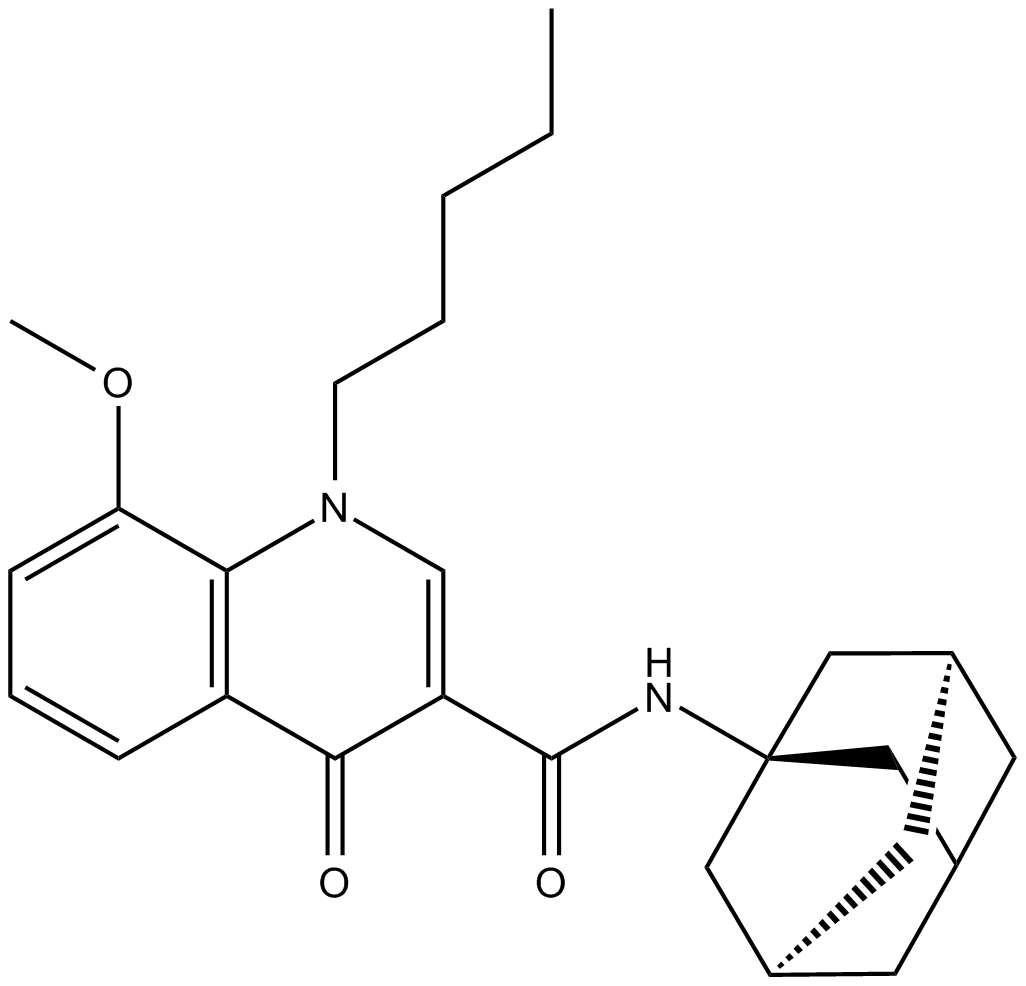 C3573 4-Quinolone-3-Carboxamide CB2 LigandSummary: ligand of the CB2 receptor
C3573 4-Quinolone-3-Carboxamide CB2 LigandSummary: ligand of the CB2 receptor -
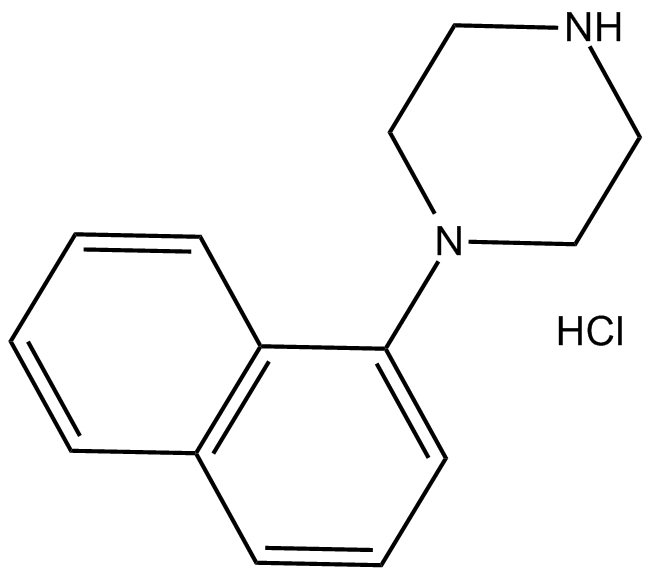 C3828 1-(1-Naphthyl) piperazine (hydrochloride)Summary: ligand for 5-HT receptors
C3828 1-(1-Naphthyl) piperazine (hydrochloride)Summary: ligand for 5-HT receptors -
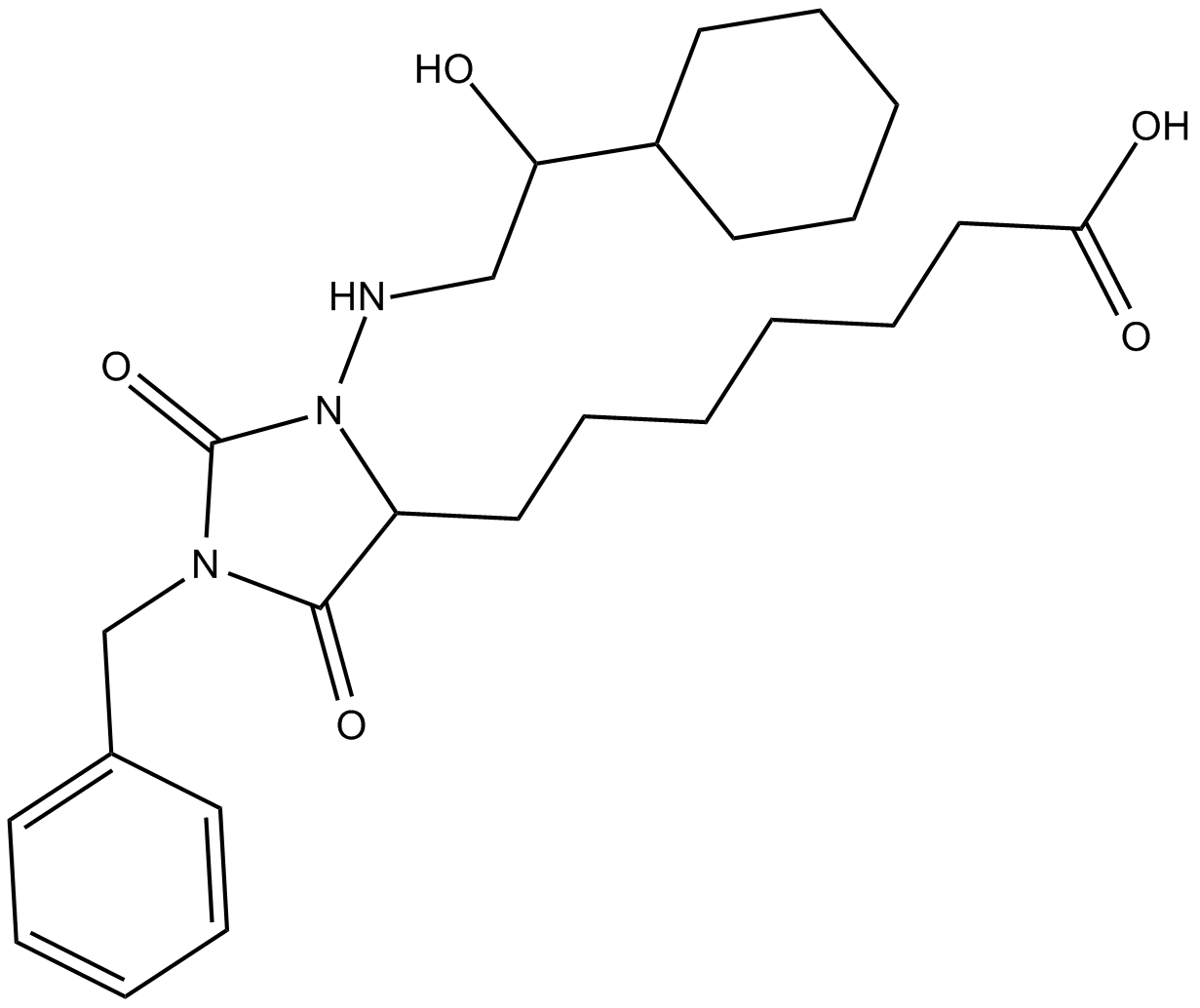 C3886 BW A868CSummary: prostaglandin D2 antagonist
C3886 BW A868CSummary: prostaglandin D2 antagonist -
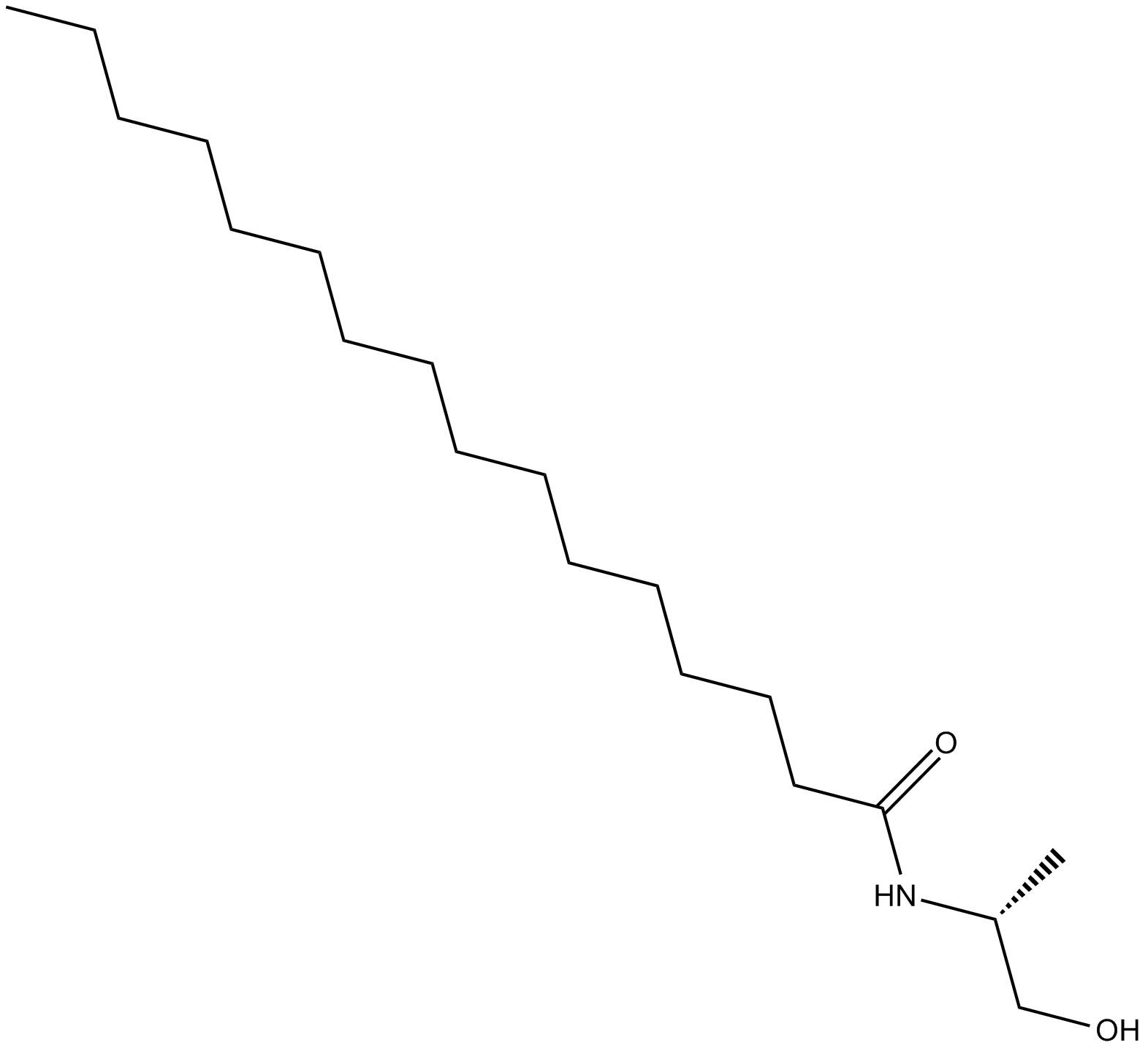 C3909 R-Palmitoyl-(1-methyl) EthanolamideSummary: synthetic analog of palmitoyl ethanolamide (PEA)
C3909 R-Palmitoyl-(1-methyl) EthanolamideSummary: synthetic analog of palmitoyl ethanolamide (PEA) -
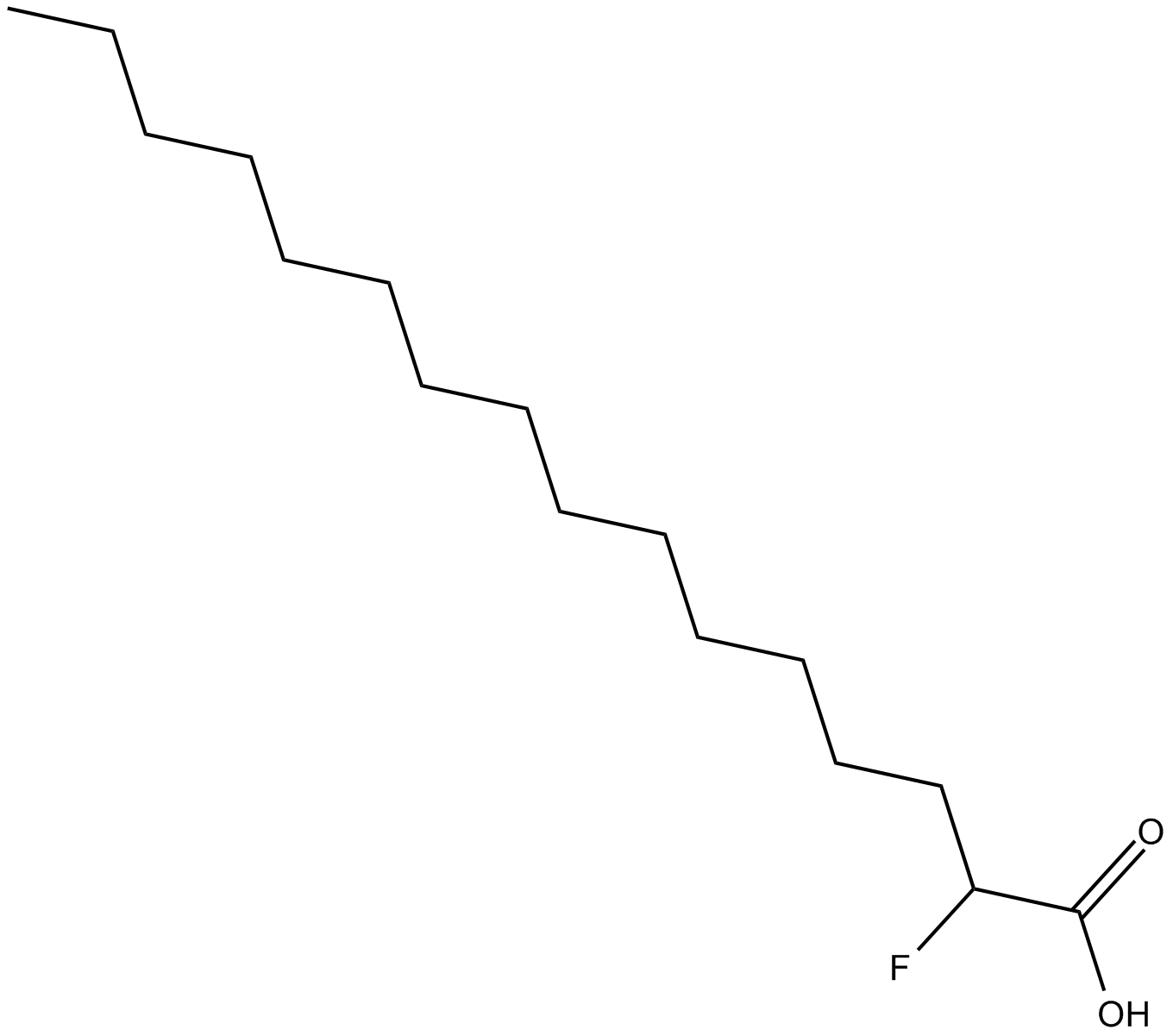 C3924 2-fluoro Palmitic AcidSummary: inhibits sphingosine biosynthesis and long-chain acyl-CoA synthetase
C3924 2-fluoro Palmitic AcidSummary: inhibits sphingosine biosynthesis and long-chain acyl-CoA synthetase -
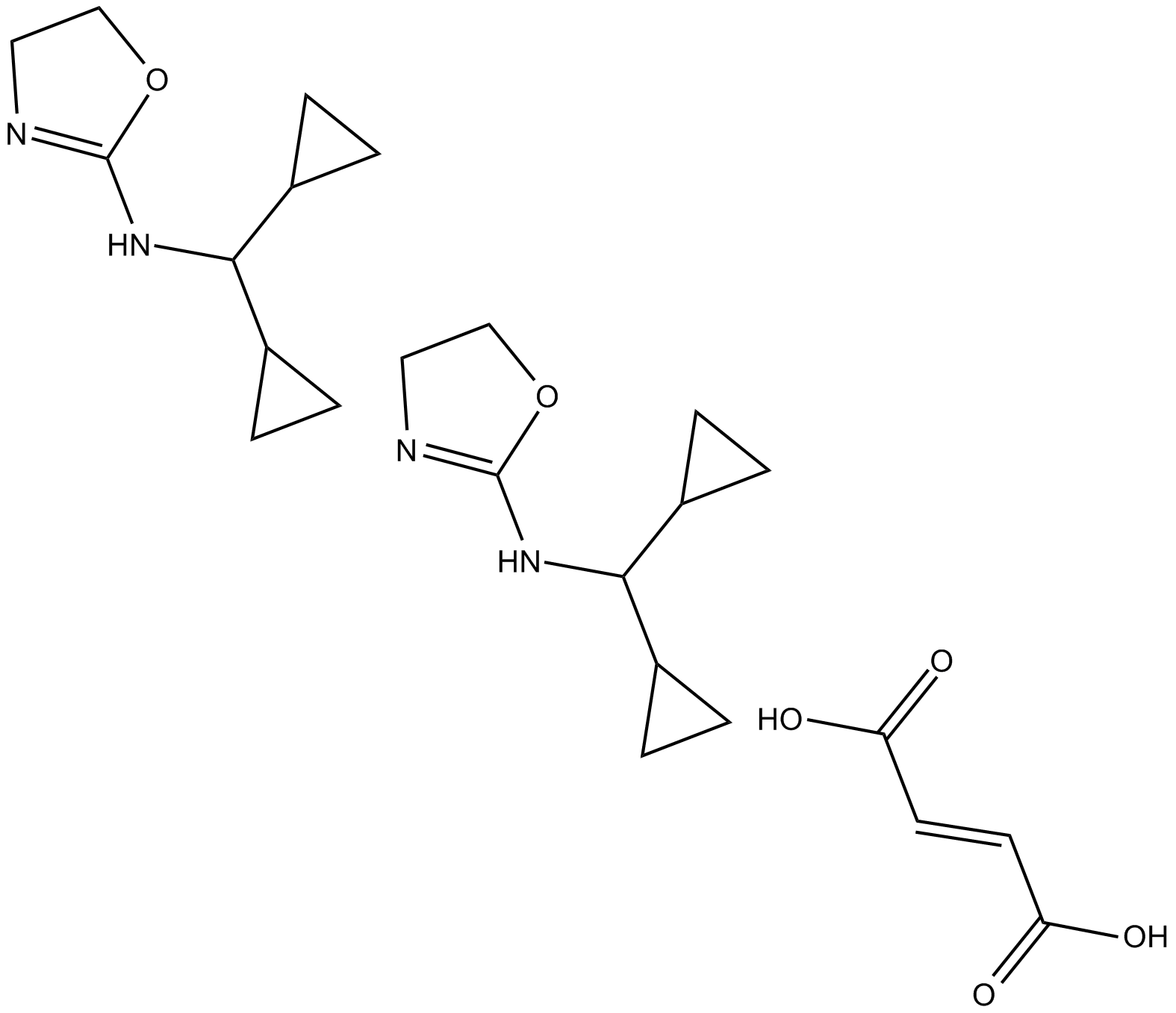 C3965 Rilmenidine (hemifumarate)Summary: I1-imidazoline binding site selective ligand and α2-adrenoceptor agonist
C3965 Rilmenidine (hemifumarate)Summary: I1-imidazoline binding site selective ligand and α2-adrenoceptor agonist

